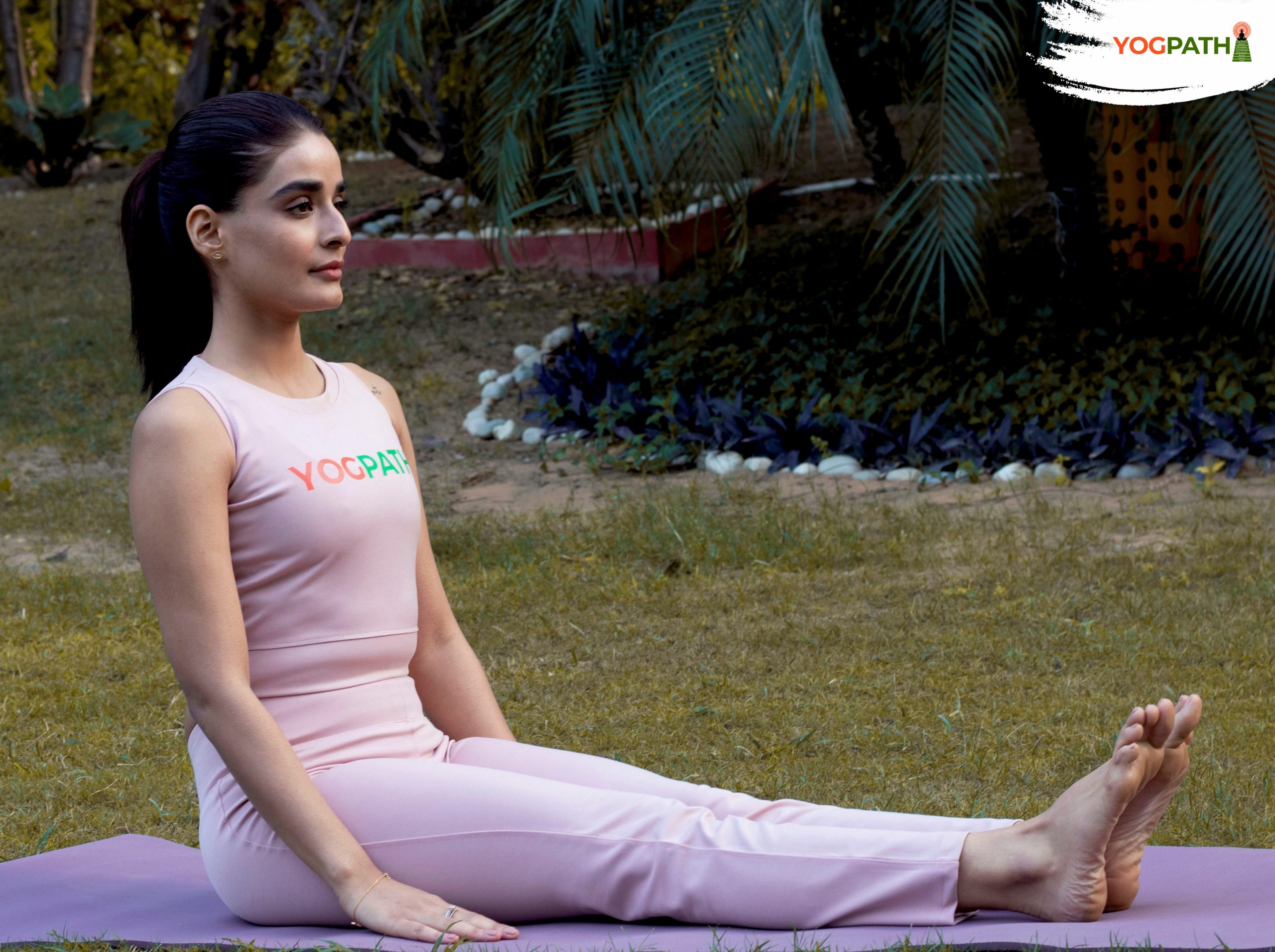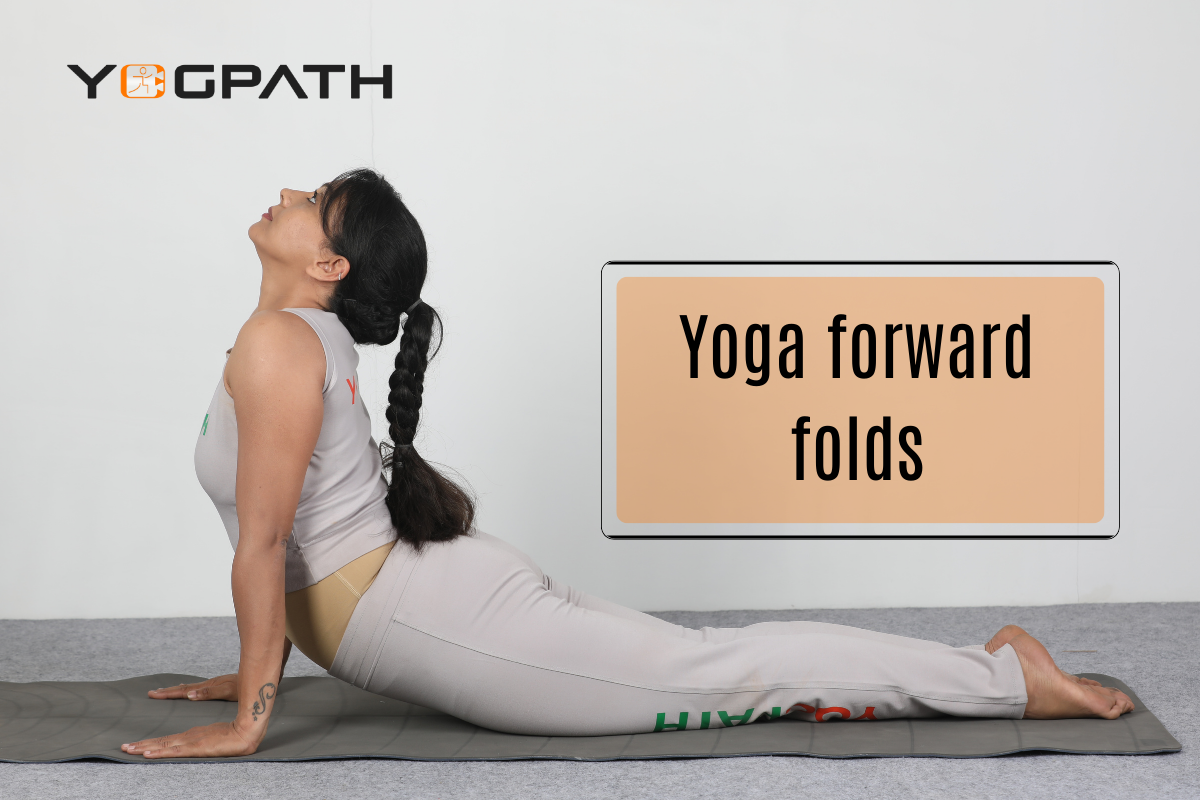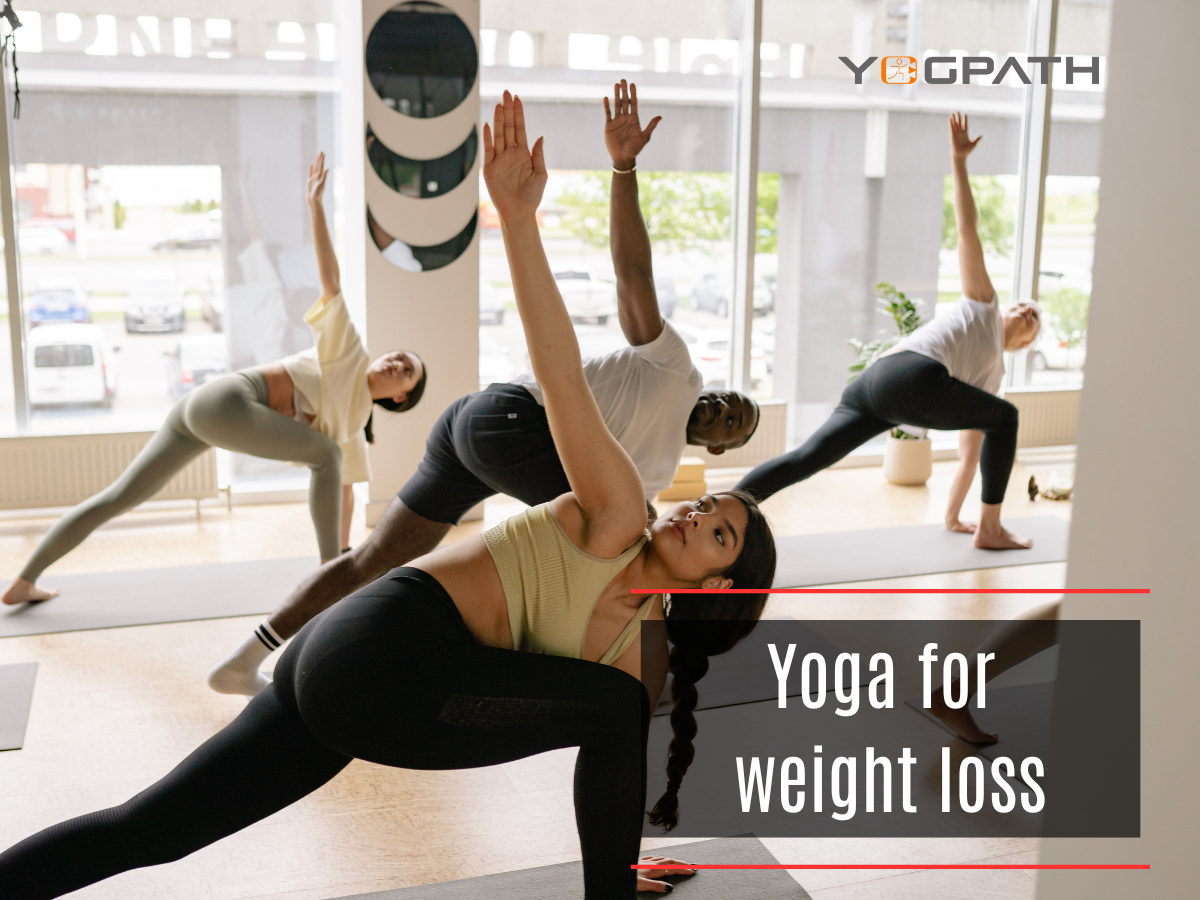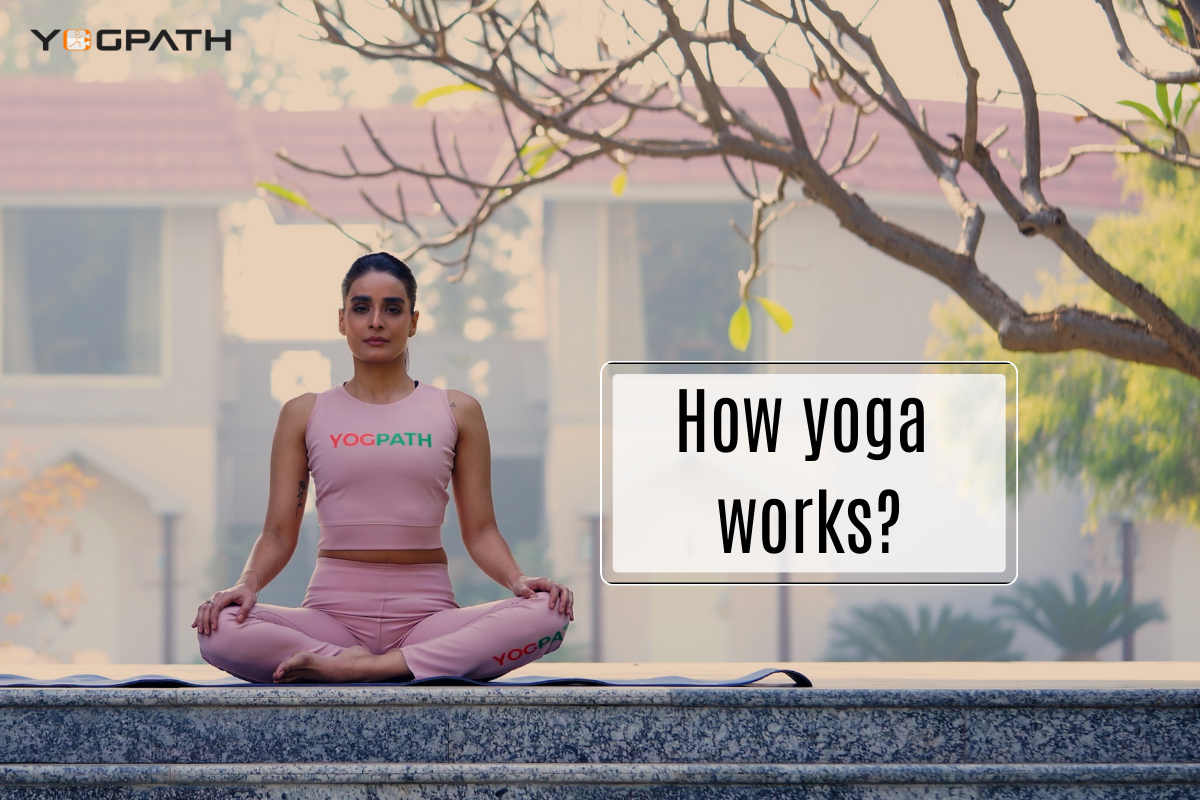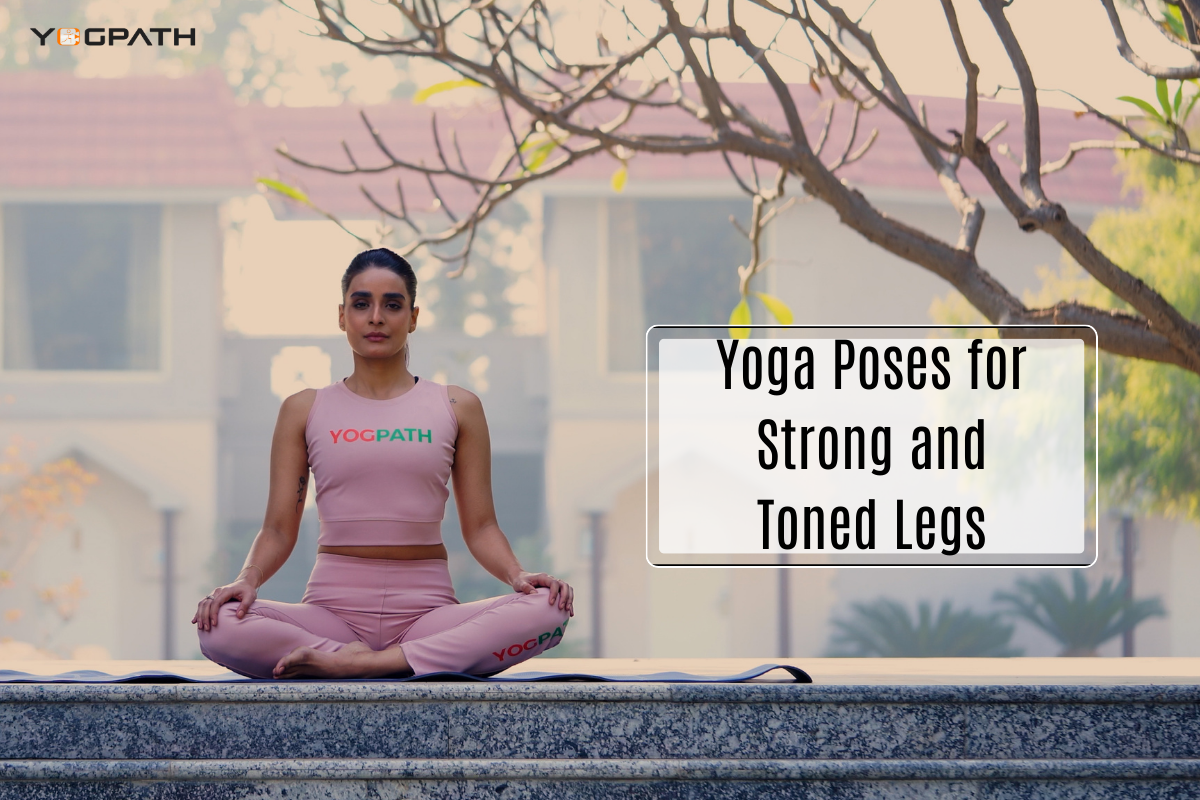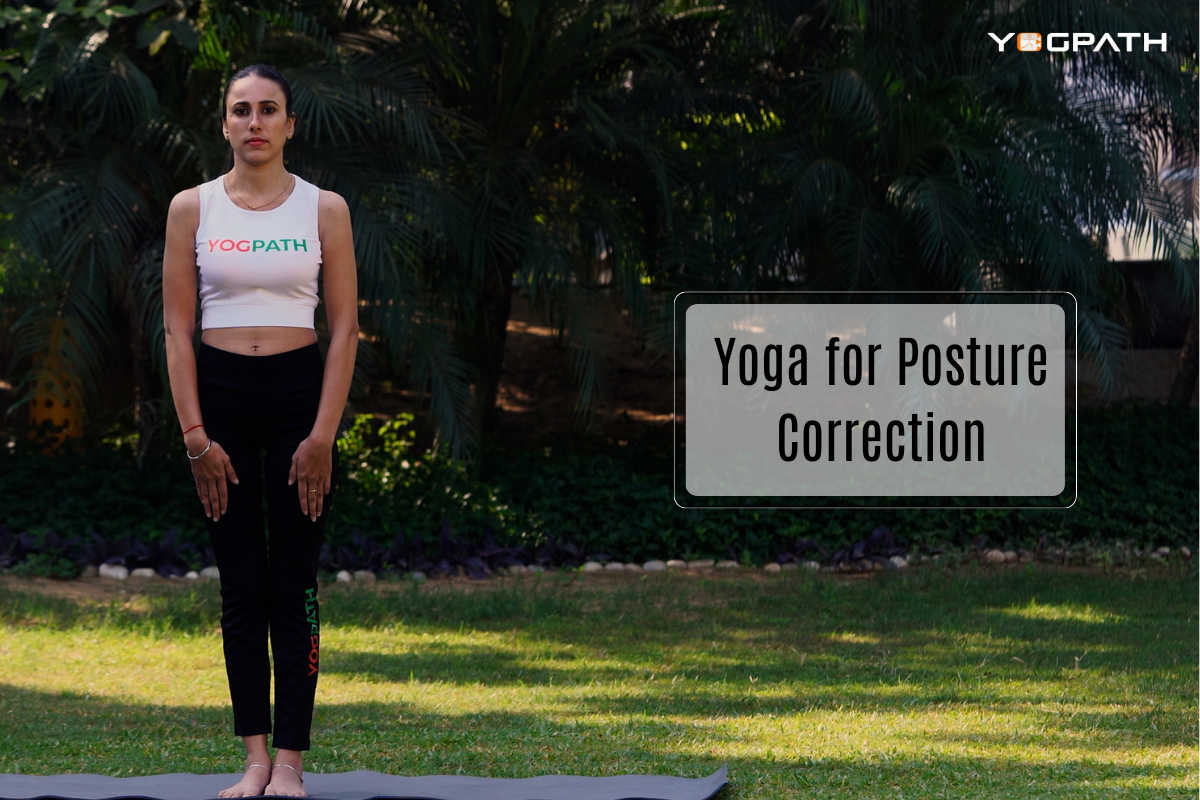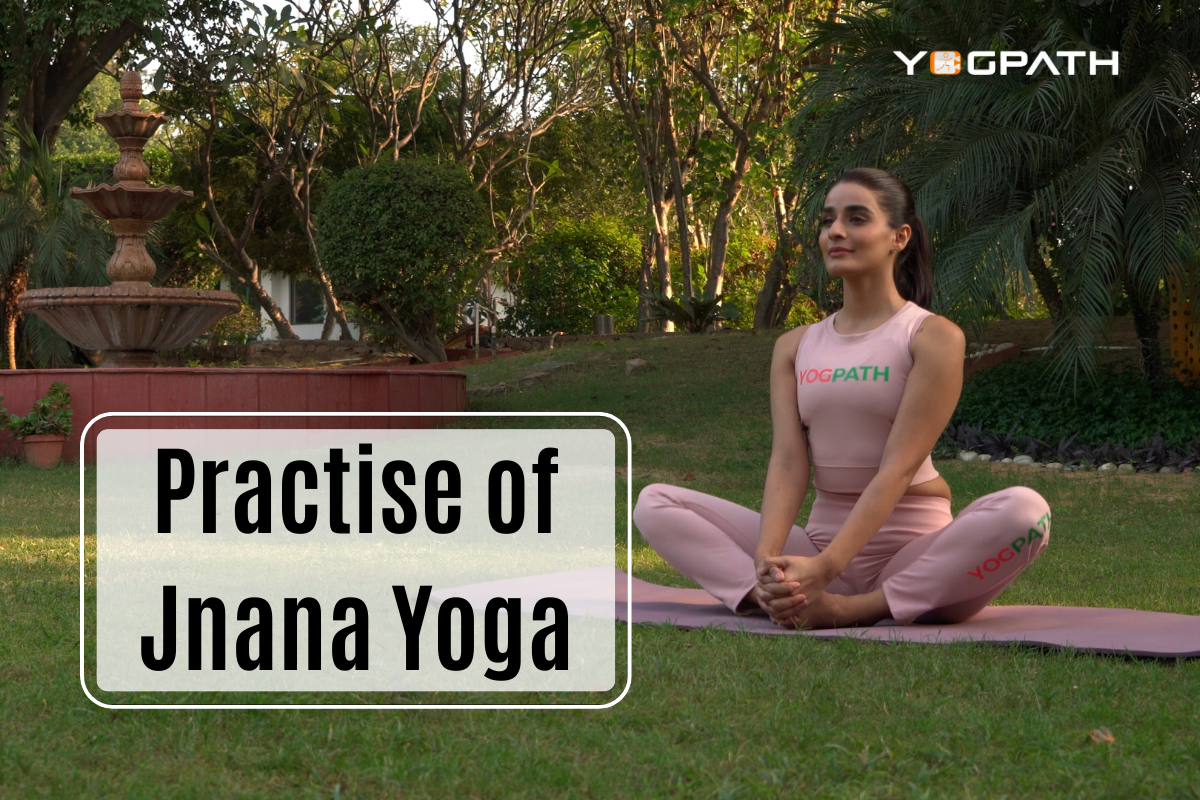
Jnana Yoga: Our awareness is honed and expanded throughout the course of the journey to self-realization, beginning with the aspects of ourselves that are most readily apparent and can be comprehended with the greatest ease.
Yoga teaches its students, at its core, how to navigate a route of mind-based comprehension leading to a wisdom that extends significantly beyond the mind. A wisdom that can only be experienced as the reality that resides at the centre of each of our hearts.
Practise of Jnana Yoga
Many people find that beginning their practise with asana, or physical postures, naturally leads them to a more in-depth investigation into the nature of being. When I practise yoga, I sometimes find myself wondering, “What is this feeling that I experience that words can’t quite explain?” This is a common occurrence. or “What exactly is this profound sense of peace that I experience when I practise Jnana Yoga, and how can I feel it even more?” In order to find the solutions to these problems, we will follow the Jnana Yoga technique.
Jnana yoga is known as the path to “intellectual knowledge that is free from doubt.” It involves an in-depth investigation into the nature of who we truly are as well as the study of the texts that pertain to the process of self-realization. Because of this, we are able to comprehend all of the subtle nuances of the mind, including its attachment to sense-objects and the manner in which this attachment generates the veils of avidya, which can be translated as ignorance or forgetfulness.
These veils obscure the profound awareness that resides within us, which tells us that we are so much more than what our minds have led us to believe we are. Reason and logic are the tools that we use to accomplish this goal; we use the mind as a tool to understand itself.
Resources for Jnana Yoga
Along this path of Jnana yoga, there are a plethora of resources available to you. The Upanishads, Patanjali’s Sutras, and the Bhagavad Gita are the three texts that are referred to the most frequently. Other resources such as the Panchdasi, the straightforward Drg Drsya Viveka, the sensual Bhairaiva Tantra, and the sophisticated Shiva Sutras are also available.
All of these things point to the same Ultimate Reality, which is that we are Divine Consciousness, and that it endlessly expresses itself through all of the different forms that exist in the universe.
Everything is a component of the same whole, which is referred to as the Uni-verse (literally translated as One-Song), and it is all collaborating to create a divine work of art that is enlightened and motivated by consciousness.
Jnana yoga requires us to pay attention to, and study, truths that are deceptively straightforward in order for our minds to acquire an intellectual comprehension of how everything functions.
It is possible to see through the Avidya veils and gain a clear understanding of the workings of the body-mind-intellect system if one commits oneself to in-depth study, preferably under the guidance of an experienced and reliable instructor.
Understanding comes from the head, but feeling comes from the chest
On the other hand, this stage of the journey can only bring us to the threshold of genuine wisdom. The human mind has a finite capacity for the kind of knowing that is being discussed here. The next step requires us to let go of the knowledge that is based in the mind so that we can progress toward a more profound “knowing” that can only be experienced in the realm of the heart.
This type of knowing, which is gained through direct experience and cannot be grasped by reading a book or sitting through a lecture, is referred to as Vijnana. It is the most mystifying facet of Jnana Yoga, yet it is one that is frequently disregarded in the pursuit of inner tranquilly while focusing on the outer world.
The manner in which and the time at which this experiential knowing will manifest itself is one of life’s greatest unsolved mysteries. When this happens, it reveals the enchantment and profound intelligence of all life, which goes far beyond what can be described with words.
In that split second, the “identity” you’ve been constructing in your head gives way to a deeper sense of who you are as a human being. It’s a shift from seeing yourself as a subject, object, or actor in the world to seeing yourself as one with life. It is unaware of the differences between knowing, knowing who, and being known.
We must approach the practise with complete sincerity and a playful attitude in order to experience the joy that comes from the path itself. This is true of all yogic paths. While doing so, trusting the process but not expecting any particular result from it.
How can we tell when something like this takes place?
When there is no longer a requirement to look for something or to ask questions.
Carry on with your training, your studies, and your inquiries, because the journey is the reward in and of itself. Everything will work out and come to fruition in the end, maybe not in the ways that we anticipate or wish for, but always perfectly in the ways that we require.
More about Jnana Yoga
The knowledge of Brahman and Atman and the realisation of their unity is what Jnana yoga is all about. Although it is commonly referred to as the “yoga of knowledge,” this does not mean “knowledge” in the intellectual sense. The devotee of God follows the promptings of their heart, but the jnani uses the powers of their mind to differentiate between what is real and what is unreal, as well as what is permanent and what is ephemeral.
Because they believe that Brahman is the one and only reality, Jnanis, who adhere to the nondualistic or advaita school of Vedanta, are sometimes referred to as monists. Naturally, all adherents of the Vedantic school, known as Vedantins, are monists because they all believe that Brahman is the one and only reality. The spiritual practise is what sets these two groups apart: while all Vedantins hold a monistic worldview, devotees of God prefer to think of God as distinct from themselves so that they can experience the sweetness of a relationship with God.
Those who are not devotees of God, on the other hand, believe that God is an aspect of themselves. Jnanis, on the other hand, are aware that all dualities stem from ignorance. There is no point in searching for divinity outside of ourselves because we already possess that divinity within ourselves.
What is it that prevents us from knowing the true nature of not only ourselves but also the nature of the world that surrounds us? The thin layer of maya. Jnana yoga is the practise of directly tearing down that veil by utilising a two-pronged strategy to do so.
Embracing Truth and Liberation through Jnana Yoga
As we have repeatedly impressed upon our brains the incorrect ideas that have led to the formation of the incorrect perceptions, so too must we now impress upon our brains the appropriate ideas that have led to the formation of the correct impressions; these include thoughts of purity, thoughts of strength, and thoughts of the truth. A classic text on Advaita philosophy known as the Ashtavakra Samhita makes the following assertion: “I am untainted, peaceful, and pure consciousness. I am beyond nature.” I have been led astray by illusion throughout this entire time.”
Jnana yoga makes use of our considerable mental powers to put an end to the process of being deceived and to realise that we have always been free, perfect, infinite, and immortal even in the present moment. Once we have this understanding, we will be able to see the divine nature, the purity, and the perfection that exists in others. We will no longer be restricted to the excruciating limitations of “I” and “mine,” and instead see the singular Brahman everywhere and in everything.


